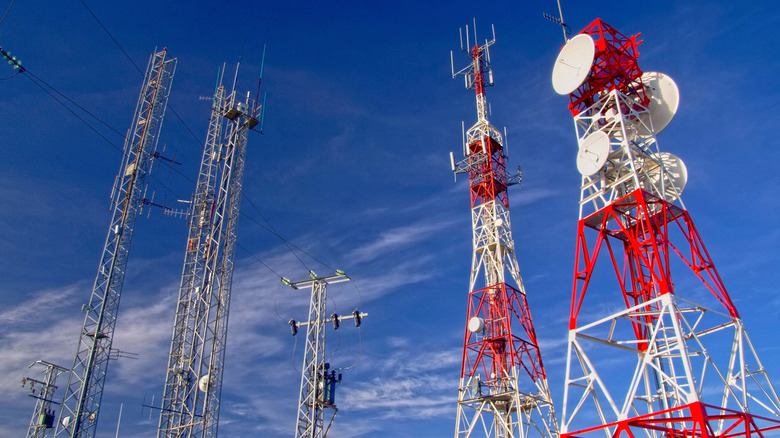T-Mobile Was Just Crowned The Fastest Mobile Network By Two Different Companies
In the constant battle between wireless companies for your monthly cell dollars, the most visibly important metric is who has the fastest LTE network. In years gone by, it was a two-horse race between AT&T and Verizon, who had the biggest networks, most customers, and best wireless spectrum, while T-Mobile and Sprint desperately fought to not be in last place. But the times are changing, and when it comes to pure download speed (not coverage, which we'll get to in a second), it seems like T-Mobile is the winner. Two testing companies that use millions of crowd-sourced speed tests to find the "fastest" network have just released their latest report, and the results are good for T-Mobile. According to OpenSignal, T-Mobile customers see an average download speed of 20.6Mbps, with Verizon in second place at 19.2Mbps, AT&T in third at a much slower 13.7Mbps, and Sprint (as per usual) leading up the rear with 12.6Mbps. The picture is nearly identical in the report from Ookla, the makers of the Speedtest app. Ookla uses its more statistically-convoluted Speed Score, rather than a standard mean, so the numbers are a little different. However, the overall ranking is identical. T-Mobile first, with Verizon just a hair back, a bigger gap, and then AT&T and Sprint in third and fourth place.
As we've said before when looking at crowd-sourced testing, you have to remember the limitations of the methodology. Unlike "road tests" of networks, which involves taking identical smartphones running on different networks to a bunch of different locations all over the country and running tests, the crowdsourced reports aren't controlled, and differences in methodology between the networks can introduce bias into the data.
Verizon, for example, routinely comes up as the fastest network in road-tests of the four carriers, so it prefers to look at that data and emphasize its coverage, rather than average speed. Speaking specifically about the Ookla report, Verizon VP of network operations Mike Haberman said that Verizon " was the fastest in nearly half of the 100 cities Ookla examined–fastest in more cities than any other wireless provider by a wide margin," and that "Verizon Wireless has the fewest gaps," and offers "coverage in areas where other carriers do not."
Aside from looking at the data to see who has the biggest numbers, the OpenSignal and Ookla reports are also useful for seeing how the networks are improving. "The U.S. mobile industry has gotten a jolt of bandwidth in the past year, causing average 4G download speeds among all four operators to climb," OpenSignal said in its analysis. "T-Mobile and Verizon have now crossed the 20 Mbps threshold for average 4G download speeds in our measurements — a milestone that seemed quite distant a year ago. Meanwhile we see even more powerful networks incubating in major U.S. cities, LTE reach continuing to expand and the reinvigoration of the country's smallest national operator Sprint."
Again, Ookla saw a similar pattern. "As much as mobile download speeds have improved in the past year, the big change will come next year when 5G is a reality," the company said in its report. "With any luck, 5G will also jumpstart upload speeds which have lagged in recent years. For now, T-Mobile's investment in LTE has made them the fastest carrier in the U.S. and Verizon Wireless is close behind. T-Mobile has the highest HD Speed Ratio at the national level and was the fastest carrier in the majority of states. However, Verizon won in nearly half of the country's largest cities."
